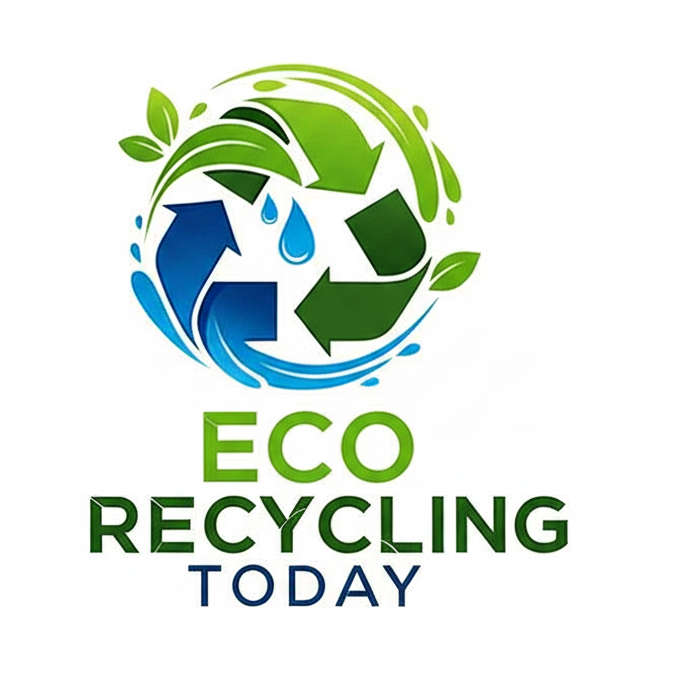As the world moves toward sustainable alternatives to petroleum-based plastics, PLA pellets are gaining attention across industries. Whether you're in packaging, 3D printing, or injection molding, PLA (polylactic acid) pellets offer a renewable, compostable solution with a lower environmental impact.
We’ll break down what PLA pellets are, how they’re made, where they’re used, and why they matter in the future of plastics.
What Are PLA Pellets?
PLA pellets are small, round granules made from polylactic acid, a bioplastic derived from renewable resources like corn starch, sugarcane, or cassava. These pellets are the raw form of PLA and are widely used in manufacturing to produce eco-friendly plastic products.
How Are PLA Pellets Made?
- Fermentation of sugars from renewable crops produces lactic acid.
- Lactic acid is polymerized into polylactic acid (PLA).
- The PLA is cooled and chopped into small, uniform pellets for industrial use.
This process uses less energy than traditional plastic production and generates fewer greenhouse gas emissions.
Key Benefits of PLA Pellets
- Compostable under industrial composting conditions
- Made from renewable resources
- Non-toxic and food-safe
- Lower carbon footprint compared to petroleum-based plastics
- Compatible with 3D printing, packaging, and film applications
Applications of PLA Pellets
- 3D Printing Filaments: PLA is one of the most popular materials in desktop 3D printing due to its ease of use and low warping.
- Food Packaging: PLA is often used in compostable cups, trays, and containers.
- Injection Molding: Ideal for low-heat applications in consumer goods and packaging.
- Agricultural Films: Used in mulch films that naturally degrade in soil.
- Medical Devices: For biodegradable implants or drug delivery systems.
PLA vs Traditional Plastic
| Feature | PLA Plastic | Petroleum-Based Plastic |
|---|---|---|
| Source | Renewable crops | Fossil fuels |
| Biodegradable | Yes (industrial) | No |
| Compostable | Yes | No |
| Toxicity | Non-toxic | May release toxins |
| Carbon Footprint | Lower | Higher |
PLA pellets represent a powerful shift toward sustainable manufacturing. By replacing petroleum-based plastics with PLA, businesses can reduce their carbon footprint and meet growing consumer demand for eco-friendly products.
